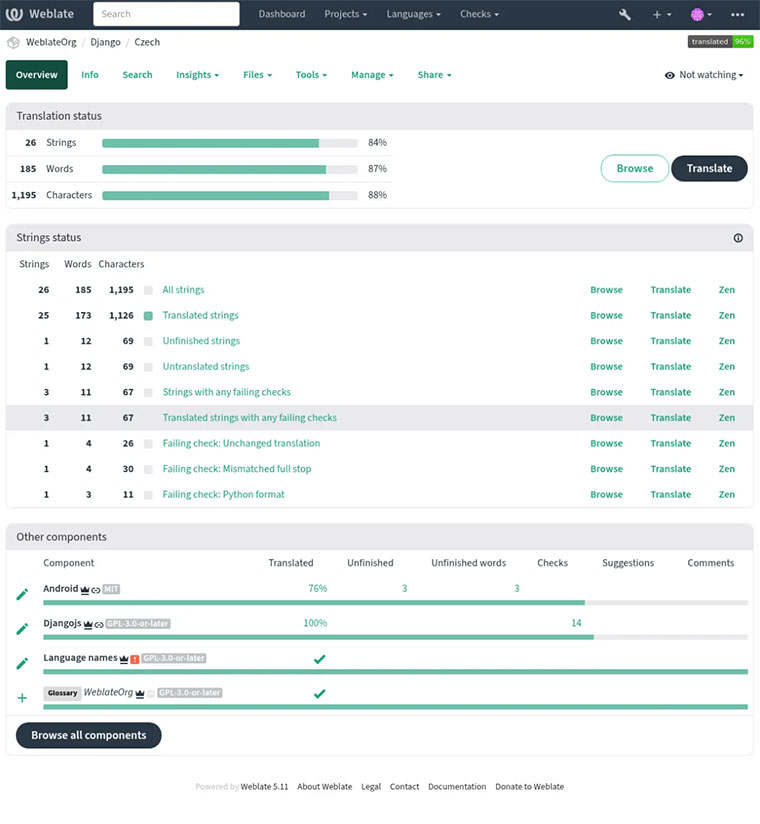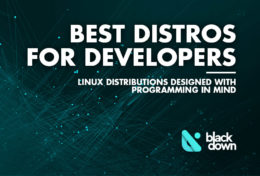Open-source development frequently operates under tight financial constraints, especially within Linux communities. Despite these limitations, achieving global reach through localization is still possible without inflating costs. When executed with a strategic plan, localization can maintain high standards while staying budget-conscious.
This article presents actionable methods for implementing internationalization (i18n) in a way that supports both scalability and sustainability. It covers essential tools, team structures, and workflows that enable effective multilingual deployment without sacrificing consistency or exhausting resources.
The Open-Source Budget Paradox
It’s a familiar dilemma: ambitious goals and global reach but limited funding. Most open-source projects thrive on volunteer contributions, yet localization often ends up low on the priority list due to its perceived cost. However, this doesn’t have to be the case.
Localization can follow a layered implementation model—combining automation and community participation. This approach mirrors modular system architecture: automation provides the base, while human contributions refine and enhance localized output.
Scaling can be progressive. Rather than translating for dozens of languages at once, projects can begin with a small core set based on user demographics and expand based on demand, usage analytics, and contributor availability. This staged method avoids overextension and promotes sustainable growth.
Additional cost controls include limiting translation scope to key user-facing areas at launch and avoiding over-localizing admin-only content. Targeted prioritization makes localization manageable even with limited personnel.
Leveraging Open-Source Translation Toolchains
Linux-based environments benefit from an existing suite of open-source localization tools. Solutions such as Weblate, Pootle, and Translate Toolkit integrate effectively with version control systems and CI/CD workflows. These integrations support continuous delivery without disrupting development momentum.

Automation Doesn’t Mean Impersonal
Automated string extraction and translation memory formats like TMX help streamline repetitive tasks and reduce manual effort. Contextual notes and prioritized reviews can preserve a natural tone and improve translation accuracy.
A hybrid model that incorporates automation for frequent UI updates and structured community or linguistic reviews for sensitive segments can maintain both efficiency and quality. Static review cycles remain valuable for ensuring coherence across languages.
Some tools allow context-aware previews or dynamic placeholder testing, helping translators see phrases in their proper UI context before deployment. This reduces post-release errors and minimizes rework cycles.
Evaluating the Right Fit
Selecting a toolchain should reflect the team’s size, expertise, and development style. For example, smaller teams may prioritize tools with graphical interfaces, while larger operations might opt for CLI-based utilities with extensive scripting support. Platform extensibility and plugin availability are also key considerations when building a robust localization pipeline.
Community-Driven Translation Without Chaos
The open-source model offers a unique advantage in the form of a technically adept and globally distributed user base. This group can provide meaningful translation contributions when given the right structure.
Build a Contributor Framework
A structured framework includes style guides, terminology glossaries, and clearly defined review roles. Hosting platforms such as Git or collaborative services like Crowdin support version control, contribution tracking, and access management.
Maintaining transparency—such as dashboards showing translation status—encourages participation. Recognition systems, contributor badges, and clear role progression paths can also help sustain long-term involvement without relying on financial incentives.
To reduce bottlenecks, some teams designate regional language coordinators who vet and merge pull requests for their locale. This decentralized approach distributes workload and accelerates turnaround times.
Documentation and Onboarding
Successful contributor programs provide not only technical onboarding but also linguistic orientation. This might include tutorials on plural forms, string interpolation rules, and interface tone preferences. Making these materials easily accessible supports consistent contributions and reduces cleanup overhead.
Human Touch Where It Matters Most
While automation and community contributions can handle the bulk of localization, some content requires a higher degree of oversight. Elements related to security, payment, or compliance benefit significantly from professional translation or expert review.
Tiered translation workflows help allocate resources appropriately. Routine UI components can be automated, non-critical sections crowdsourced, and legally or reputationally sensitive content translated or reviewed by skilled professionals.
Limited budgets need not prevent high-quality review. Collaborations with academic programs, part-time contributors, or peer review within the community can help maintain high standards where necessary.
Risk-Based Prioritization
Evaluating content by its risk exposure—rather than word count—ensures teams focus their limited review capacity where it matters most. Legal disclaimers, privacy notices, and consent prompts demand extra scrutiny due to regulatory implications. By contrast, settings panels or tooltips may not require human review at all.
CI/CD Integration for i18n Translation Deployment
Incorporating localization into the CI/CD pipeline ensures translations evolve in sync with product updates. Pre-commit hooks and string validation tools can help enforce tagging discipline and reduce accidental omissions.
Synchronizing translation workflows with CI/CD pipelines ensures that language files stay current with the main codebase. Supporting common formats like JSON, YAML, and PO allows seamless deployment alongside software updates; when teams outgrow ad‑hoc scripts, a platform built for overseeing localization slots into the same pipeline without disrupting release cadence. This reduces the risk of outdated translations and helps maintain consistency across languages while minimizing technical debt.
Automation as Quality Control
Localization-integrated CI pipelines also serve as quality control mechanisms. For instance, failed tests can flag untranslated strings or mismatched placeholders before they hit production. This prevents regression bugs and protects UX consistency across locales.
Integrating translation linting tools during builds—such as checks for missing keys, plural mismatches, or encoding issues—further tightens the feedback loop. These measures safeguard against subtle errors that can otherwise derail localized releases.
Measuring Impact and Iterating
Tracking the effectiveness of localization initiatives helps justify investment and refine approaches. Key metrics may include:
- Percentage of UI translated per language
- Error rate or support tickets by language
- Contribution activity by locale
- Feature adoption or engagement across regions
This data can identify where localization is paying off—or where specific languages may need additional support. Iteration based on real usage data ensures localization efforts stay aligned with actual user behavior and value generation.
A feedback loop can also be built into translation UIs themselves, enabling end users to flag mistranslations or offer improved suggestions. This continuous improvement model is especially helpful in long-running projects with frequent updates.
Embracing Global Readiness as a Competitive Edge
Localization for open-source Linux teams is not merely a finishing touch—it can be a growth enabler. It extends software usability, builds trust with international users, and expands contributor communities.
Efficient localization is about focus and balance: automating routine tasks, empowering contributors, and reserving skilled oversight for critical content. With the right strategy and toolchain, global-readiness can be built into the development process from the start.
By aligning localization efforts with team workflows and community strengths, Linux developers can achieve broad reach without compromising principles or exceeding budget constraints.
Thomas Hyde
Related posts
Popular Articles
Best Linux Distros for Developers and Programmers as of 2025
Linux might not be the preferred operating system of most regular users, but it’s definitely the go-to choice for the majority of developers and programmers. While other operating systems can also get the job done pretty well, Linux is a more specialized OS that was…
How to Install Pip on Ubuntu Linux
If you are a fan of using Python programming language, you can make your life easier by using Python Pip. It is a package management utility that allows you to install and manage Python software packages easily. Ubuntu doesn’t come with pre-installed Pip, but here…











